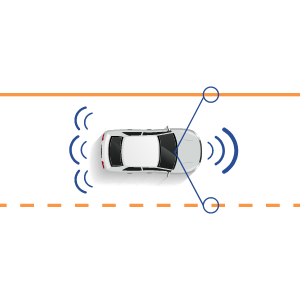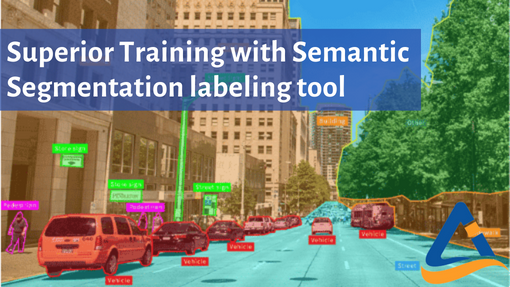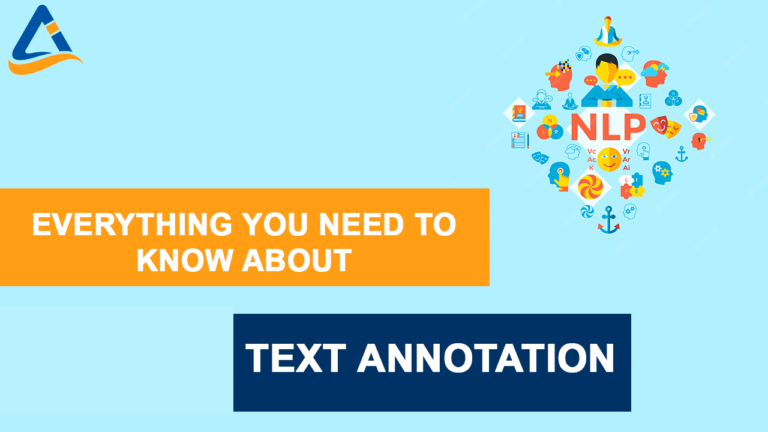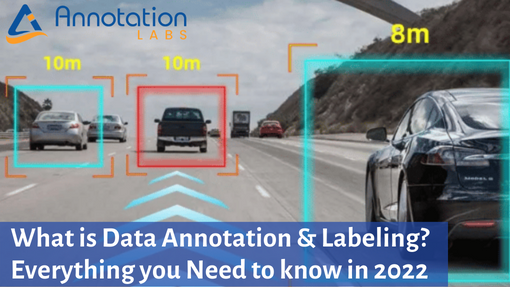Audio Labeling and Audio to Text Transcription Services


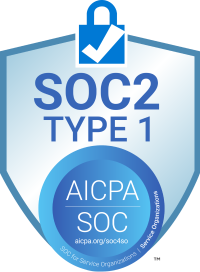

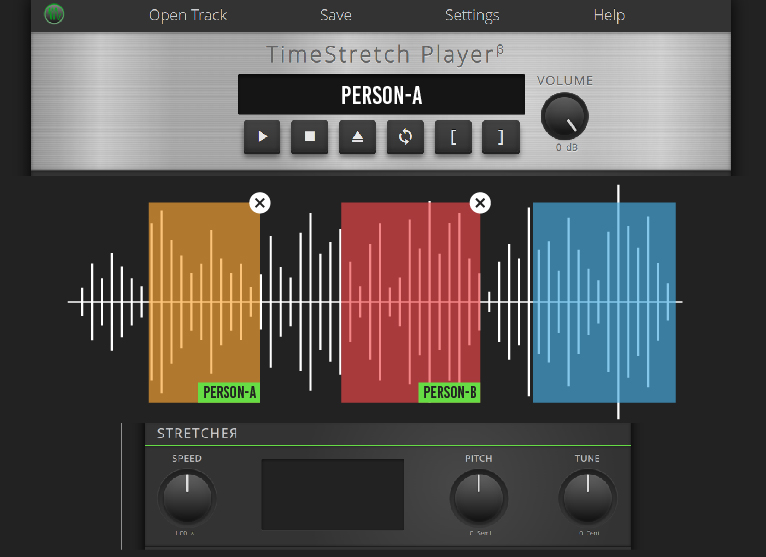
What is audio transcription and annotation?
Transcribing audio or annotating audio is used to analyze the information in the audio datasets, add metadata and convert it into relevant text information for AI & Computer Vision models to interpret the text. Audio to text transcription is essential for voice-enabled chatbots and virtual assistants.
What are the uses of Audio Annotations?

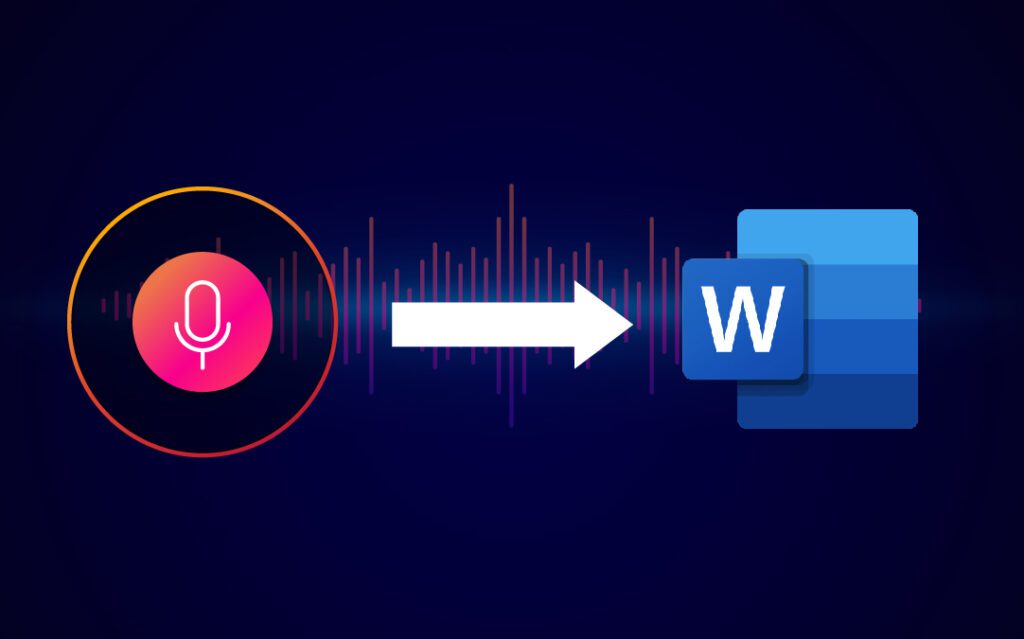
Speech recognition chatbots and smart assistants

Call centre and customer service centre audio recording transcriptions
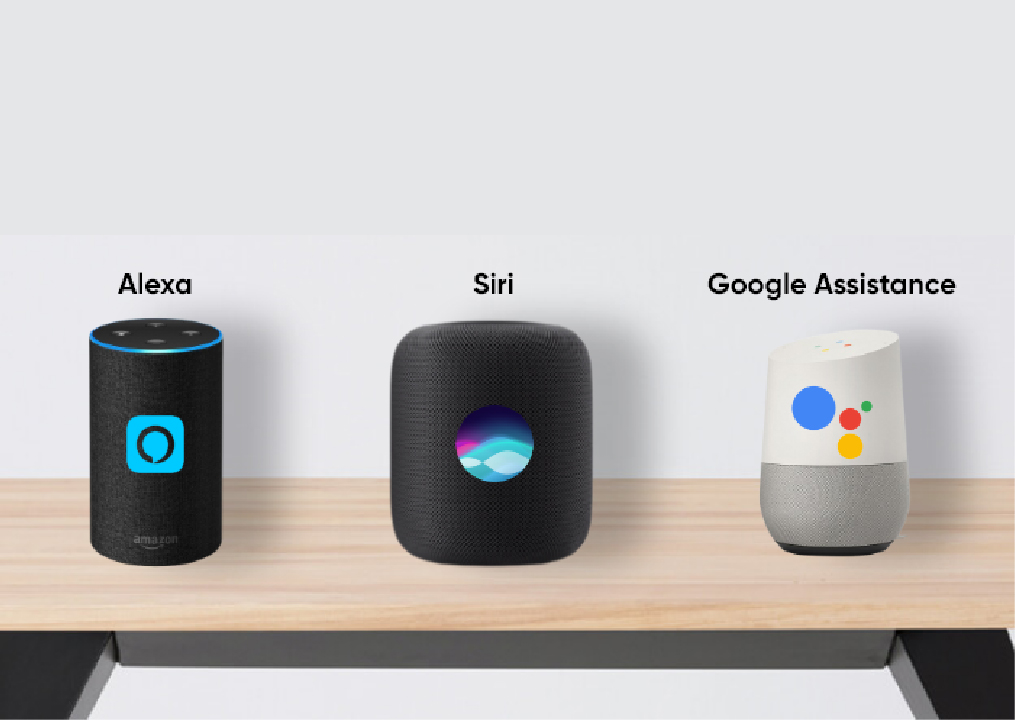
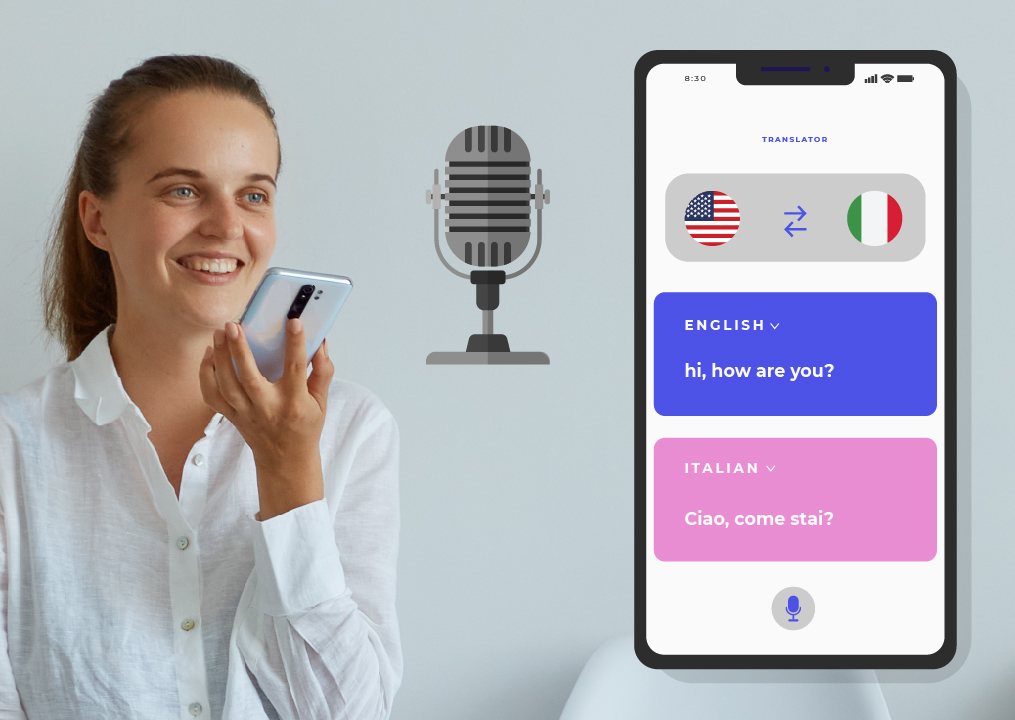
Voice command engines

Voice to text translations software
Audio and speech annotations have applications across industries
Look no further! Let our subject matter experts take care of your audio transcription needs.
Our beliefs behind each annotations

Data Security & Privacy

Fast Delivery with High Accuracy

Cost Effective Pricing
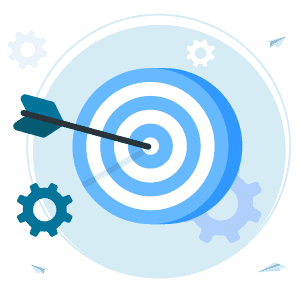
Scalable Solution by Experts
- We are EU-GDPR compliant and SOC 2 Type 1 organization. Data security & privacy is non-negotiable for us
- Our scalable annotation solutions are driven by specialists with years of experience in AI & ML
- We deliver fast and achieve 95%+ accuracy in our annotations
- We aim to achieve highest client satisfaction while providing low cost annotation and fostering longterm relations
Audio transcription is the process of converting audio files into written text files. Transcription involves listening, recognizing, and putting the speech in the audio file as words in a text document. The process of transcription is similar when done manually and automatically. In both cases, the most critical aspect is recognizing words in the audio file and then putting them down in the form of text.
The process by which a video is converted into a text file is called video transcription. There are two main methods of transcribing videos, manual and automatic transcription. For manual transcription, humans watch the video and write what they hear from the video. Automatic transcription uses transcription software with speech recognition technology that can recognize words in a video and produce a text transcript of the same.
You can do audio transcription either manually or with the help of transcription software. Manual transcription involves a human listening to the audio recording and then typing the words into a word document. Automatic transcription uses specialized software to recognize speech in an audio file and produce a written version. Manual transcription can be either do-it-yourself (DIY) transcription or can involve hiring the services of expert transcriptionists.
Text annotation is the systemic process of adding metadata tags to highlight criteria such as sentences, phrases, and keywords to assign meaning, intent, and definitions. Text annotating helps machines easily recognize emotions behind words or human intent in a sentence or phrase. Text annotation is an essential process in NLP and training of NLP algorithms.
Text annotation is done by adding tags or labels to specific words, phrases, or sentences. The tags or labels are predefined and contain information that assigns definition, intent, or meaning to what is being tagged. Human annotators can annotate text manually or automatically using tools designed for automatic text annotation.
Meta tagging or metadata tagging is the process of creating terms that describe keywords and phrases and then assigning those tags to the digital assets in documents or publications. Meta tags are not visible to humans but are instead embedded in a system’s source code. The term meta refers to data about data. Meta tagging is very crucial in helping discoverability of content online in browsers and search engines.
It is a machine learning technique through which predefined categories are assigned to natural language text. The predefined categories can either be a label or a class. Text classification is part of supervised machine learning. The classifiers help in organizing, structuring, and categorization the free text. Some examples of text classification include adding additional information about articles, including categories such as sports, politics, or food.

